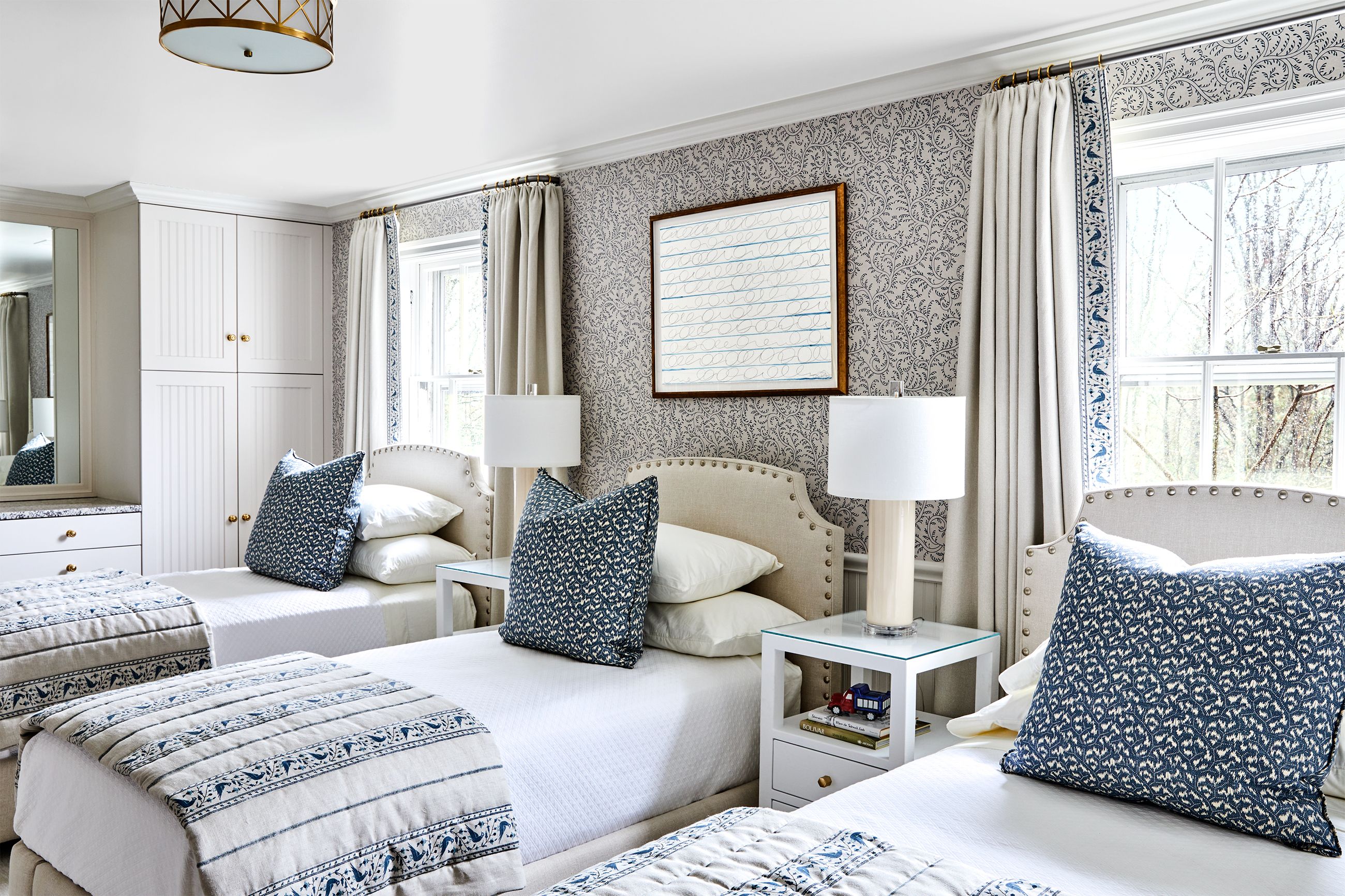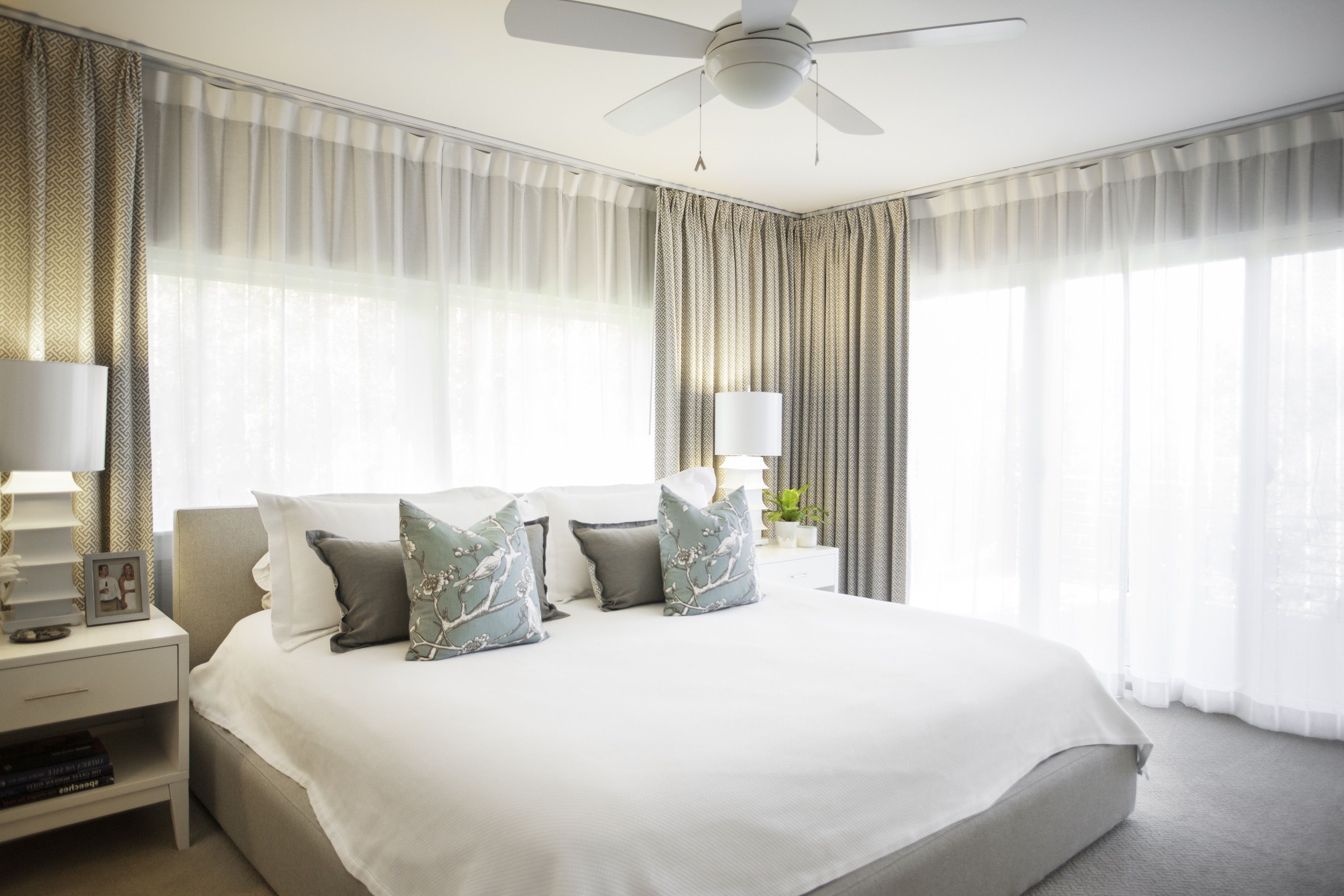Choosing the Right Fabric: Bedroom Drapes And Curtain Ideas

Selecting the perfect fabric for your bedroom drapes is a crucial step in creating a serene and stylish haven. The fabric you choose will influence the overall ambiance, light filtering, and durability of your drapes.
Light Filtering and Texture
The amount of light you want to filter into your bedroom will determine the type of fabric you choose. Light, airy fabrics like linen and cotton allow for natural light to flow in, while heavier fabrics like velvet and blackout fabric offer more privacy and darkness. Consider the texture of the fabric as well, as it can add visual interest and create a specific mood. Linen and cotton drapes often have a relaxed and natural feel, while silk drapes exude luxury and sophistication.
Color and Pattern Considerations

In the realm of bedroom decor, drapes play a pivotal role in setting the mood and defining the overall aesthetic. The strategic use of color and pattern in drapes can transform a bedroom into a sanctuary of tranquility or a vibrant expression of personal style.
Choosing the right color and pattern for your drapes is crucial for creating a cohesive and visually appealing bedroom design. These elements can influence the perception of space, enhance the mood, and complement the existing furniture and decor.
Bedroom Color Palette Using Drapes as a Starting Point, Bedroom drapes and curtain ideas
Drapes can be the anchor of your bedroom’s color palette, providing a foundation for the rest of the decor. To create a cohesive and balanced design, consider the following:
- Choose a Dominant Color: Start with a primary color for your drapes, reflecting the overall theme of your bedroom. This color will set the tone and provide a backdrop for other elements. For example, a calming blue drape can create a serene atmosphere, while a vibrant red drape can inject energy and passion.
- Select Complementary Colors: Once you’ve chosen your dominant color, select complementary colors that harmonize well with it. These colors can be used for accent walls, bedding, throw pillows, or artwork, adding depth and visual interest to the space.
- Incorporate Neutral Colors: Neutral colors, such as white, gray, beige, or black, can be used to balance the dominant and complementary colors. These colors provide a sense of calm and allow the other colors to stand out.
- Consider the Room’s Natural Light: The amount of natural light in your bedroom will also influence your color choices. In a room with ample natural light, you can use bolder and brighter colors. In a room with limited natural light, opt for lighter and more reflective colors.
For example, if you are aiming for a bohemian-inspired bedroom, you could start with a terracotta-colored drape as your dominant color. Complement this with earthy tones like beige, cream, and olive green for the walls and bedding. Add pops of vibrant color with throw pillows in shades of turquoise, mustard yellow, or coral.
